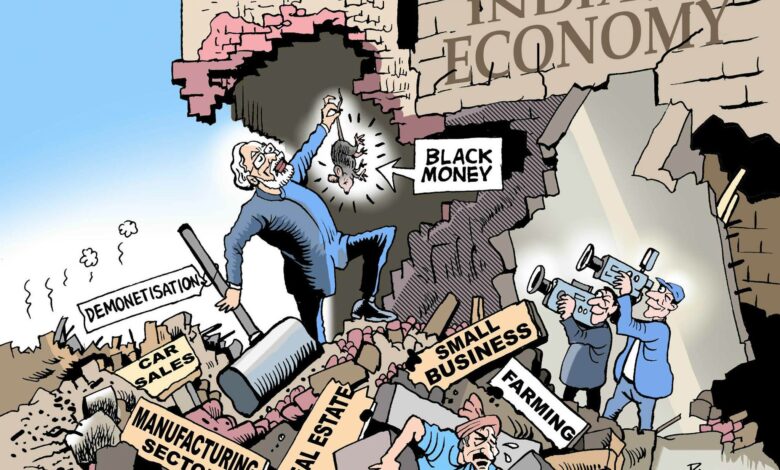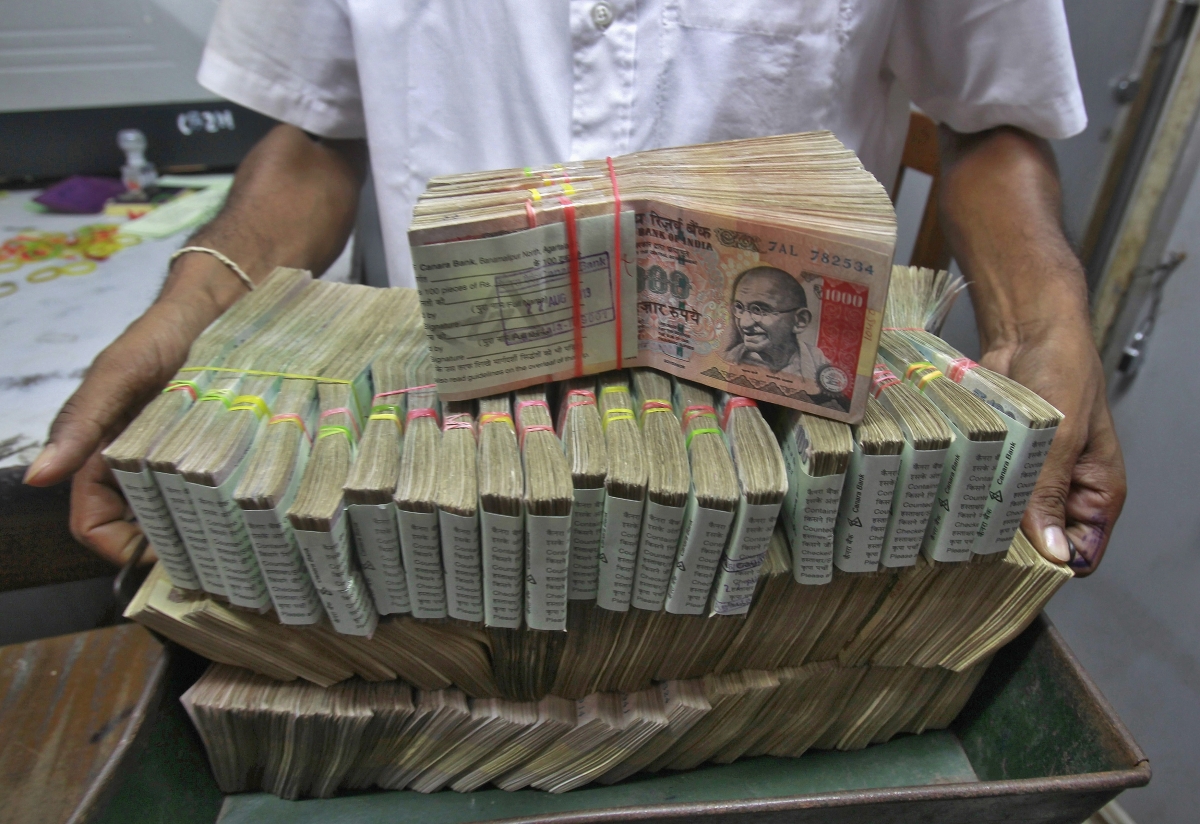
As economists, we can explain inflation increases and decreases in several ways. Inflation was partly attributed to a minor reason five years ago by Prime Minister Narendra Modi.
A direct result of corruption, he says, is the circulation of cash throughout the country. The more money in the country, the more crime and inflation will increase because of corruption-related businesses. It will be tough on the poor.
The Prime Minister announced demonetization in his address to the nation on November 8 2016. In addition, he cited the need to reduce cash as a reason for demonetization. That has been going on for five years now, and inflation is not a topic we should discuss right now.
Was the country’s cash flow decreased after demonetization?
Let’s talk about cash flow. Specifically, what was the effect of the ban on the 1000 and 500 rupee notes? Have people started using digital payment methods instead of cash? They understand this “No” in terms of pure numbers, which answers all of these questions.
Reports on currency with the public are released every 15 days by the Reserve Bank of India. The number of cash people has been assessed so that all the money deposited in banks is subtracted from the total cash in the country. Following that is an amount that is considered currency with the public, which is cash in the general public’s hands, which is not a part of the banking system. RBI’s latest report was released on November 3, the day before Diwali. According to the report, the public held Rs 28 lakh 25 thousand crores in cash on October 22.

Whatever the amount of cash is at the time of demonetization will understand if it is more or less. On November 4, 2016, there were cash worth Rs 17 lakh 97 thousand crores in the country, according to a report in the English newspaper Indian Express. In other words, the people in the country will have Rs 10 lakh 28 thousand crores plus amount after five years. The increase would be about 57 per cent.
Demonetisation has only proved this to us by comparing before and now. Following the demonetization of 500 and 1000 thousand rupee notes, the money was deposited in banks, decreasing the amount of cash in circulation. In what amount? The people had only seven lakhs 80 thousand crores of cash in January 2017. This has increased by 262 per cent from then to now—the cash in the account advances rather than decreases every new year. Compared to last year, the cash increased by Rs 2 lakh 21 thousand crores on October 23. This represents an increase of about eight and a half per cent (8.5%).
Here’s something else you need to know. Currently, digital payments are the government’s top priority, and we have also seen an increase in digital payments from our experience with the RBI. All over the world, online payment options are being used by people from vegetable vendors to extensive showrooms. Online payments are also on the rise, but why is people’s cash retention on the rise? How should it be understood?
ACI Worldwide monitors payment systems.
By 2020, India is expected to have the highest number of digital payments worldwide. More than 2.5 billion payments were made in real-time. India’s number of payments puts us ahead of China. According to ACI Worldwide, online prices in India will increase by about 71 per cent by 2025. Also, in October, ACI surveyed in collaboration with the Government of India website MyGov.
According to the survey, approximately 60 per cent of consumers make online payments once or more than once a week. According to the RBI, the number of digital payments in the U.S. is rising every year. In the last financial year, digital revenues increased by 30 per cent. Hence, it is evident that online payments have been raised as a trend since demonetisation. However, cash transactions are also on the rise. Is this because of demonetisation? Dr Devendra Pant, Chief Economist and Head of Public Finance, India Ratings and Research, responded.
According to him, it’s hard to understand people’s tendency to accumulate cash. The consumer still feels the need to keep some money with himself. In addition, rural areas continue to use cash for transactions.

One reason for using cash is also can be given to Corona and Lockdown. The people have amassed cash worth about Rs 5 lakh crore since the lockdown last year. The RBI data suggests that people kept a little more cash when the lockdown was strictly enforced. It is quite possible that people kept more cash with them due to a fear of not being able to withdraw money from distant ATMs during lockdown.
People have more cash than they have ever had before, whatever might be the reason. In addition, agency raids also find cupboards packed with cash or notes found under the bed every month or two. Previously, this happened as well. Demonetisation did not achieve this goal.
What were the benefits of demonetisation? Demonetisation was also touted as a way to tackle black money by PM Modi. In other words, black money will be removed from the banking system, so it will not be useful. Some people threw or burned notes after demonetisation as well. Demonetisation seemed to be a masterstroke by the government. Unfortunately, everyone found a way to get their notes deposited. Banks deposited 99.3% of the 500 and 1000 notes according to the August 2018 report from the Federal Reserve. This means almost all of the money was returned. What happened to the black money?
Demonetisation will also stop the circulation of fake notes. Therefore, new notes have been issued. Before demonetisation, our cash system was flooded with fake notes. India’s Statistical Institute reported in 2016 that counterfeit notes were worth more than Rs 400 crore. In other words, for every 10 lakh rupees, there were 250 fakes. However, did counterfeiting cease after demonetisation? Not at all. According to the new figures. 92 crore counterfeit notes were caught in different parts of the country in 2020, according to a report released recently by the NCRB. The amount is the largest in a single year. In other words, there are many counterfeit currency businesses in the country. Demonetization did not improve the situation.
A second time, I would like to know what the benefits of demonetisation were. The PM asked the public to make how many sacrifices for this Mahayagya at that time?
Determine how the demonetisation, which has been acknowledged as a Mahayagya for the country, benefited you and the country. The verdict has been out for 5 years. The impact of demonetisation on the world’s economy has been adequately researched. It has been quantified. Likewise, if the country has benefited in any way, then the government ought to come forward and explain it to the country.
edited and proofread by: nikita sharma




